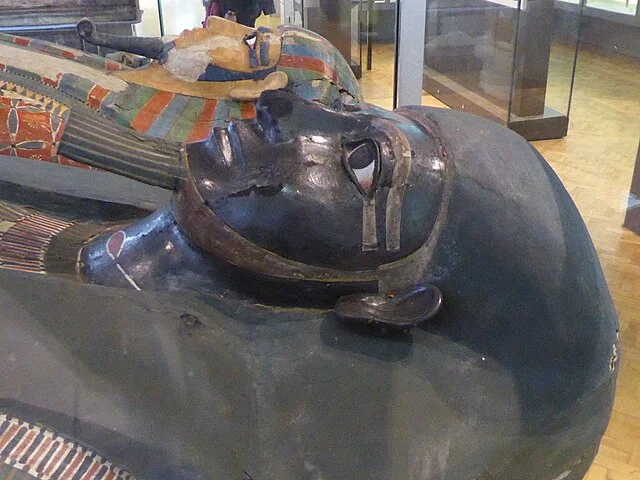The Tomb of Two Brothers is an ancient Egyptian burial site located in the Valley of the Kings, on the west bank of the Nile River near Luxor. It dates back to the 18th Dynasty (around 1400 BC) and is one of the significant tombs from this period.
Get your dose of History via Email
The tomb belonged to two brothers, Amenemhat and Setau, who were royal officials during the reign of Pharaoh Thutmose IV. The tomb’s discovery provides valuable insight into the lives of high-ranking individuals in ancient Egypt.
Structure and Layout
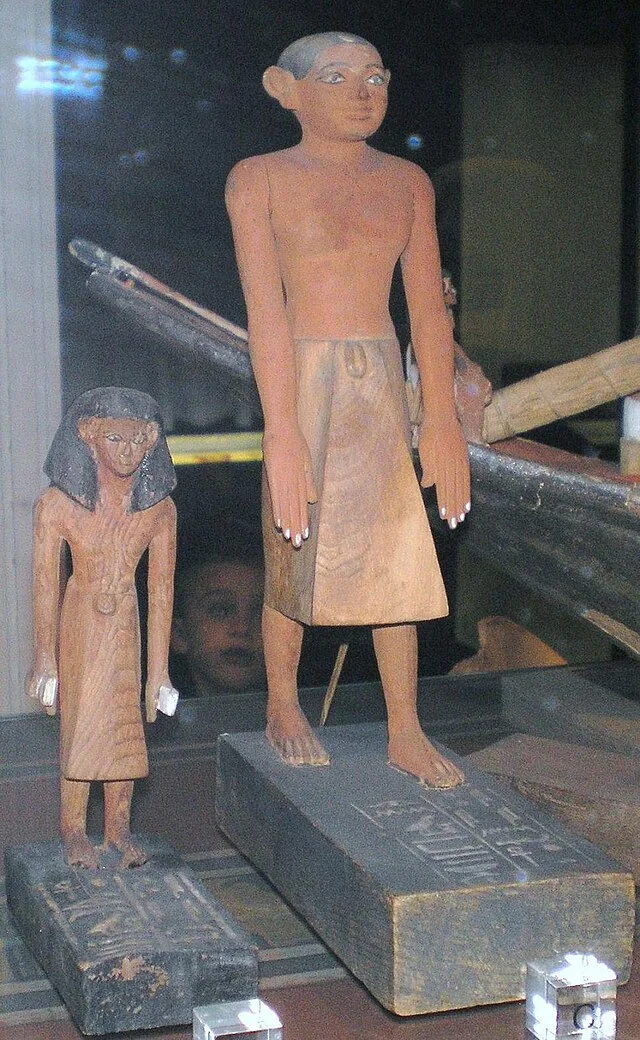
The tomb consists of a main chamber and several smaller side rooms. The walls are adorned with elaborate scenes depicting the brothers’ lives, including their service to the Pharaoh and their family. These scenes serve as both a record of their duties and an offering to ensure their continued well-being in the afterlife.
The walls of the tomb are painted with vivid colors, and the reliefs offer a glimpse into the social, religious, and political aspects of life in the 18th Dynasty. Most notable is the depiction of Amenemhat and Setau in the afterlife, which reflects the Egyptian belief in life after death.
Artistic Features
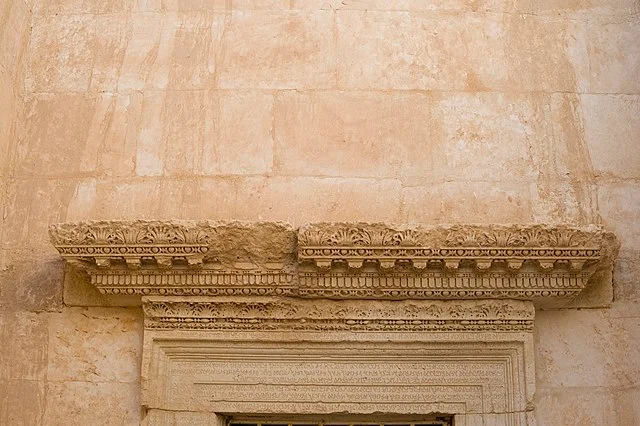
The artistic style found in the Tomb of Two Brothers is characteristic of the 18th Dynasty, showcasing refined and naturalistic imagery. The tomb’s reliefs are noted for their detailed portrayal of Egyptian dress, architecture, and ritual.
The depictions of the brothers emphasize their status and roles within the Egyptian administration. The scenes also include religious motifs, emphasizing the Egyptians’ focus on the afterlife and the need for divine favor.
Religious Significance
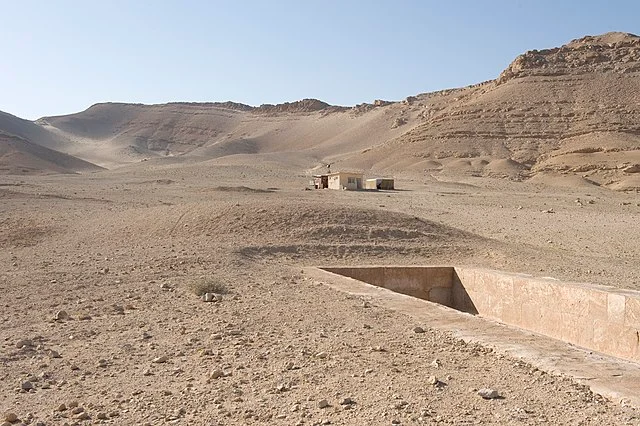
The tomb’s religious imagery underscores the brothers’ dedication to the gods. The hieroglyphs and scenes depict various deities, suggesting the brothers’ devotion and the role of religion in Egyptian governance and everyday life.
Like many tombs of this period, the Tomb of Two Brothers reflects the Egyptian belief that proper rituals and divine support were crucial for a successful afterlife. This connection to the gods, seen through the images in the tomb, provides insight into the spiritual and cultural practices of the time.
Discovery and Excavation
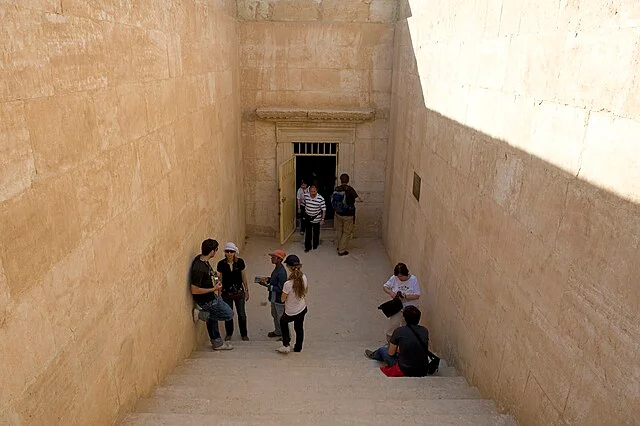
The tomb was discovered in the early 19th century by the famed French Egyptologist Jean-François Champollion. His findings, alongside the work of later archaeologists, revealed the tomb’s remarkable preservation and the significant role it played in understanding the administration of the New Kingdom.
Since its discovery, the tomb has been studied for its historical, religious, and artistic value. The artifacts found within have provided scholars with invaluable information about the high-ranking officials of the 18th Dynasty.
Conclusion
The Tomb of Two Brothers offers a window into the political, religious, and artistic life of ancient Egypt during the reign of Thutmose IV. The tomb’s art and inscriptions highlight the brothers’ important roles in Egyptian society and their devotion to the gods. Through its discovery, archaeologists have gained a deeper understanding of the lives of the elite in ancient Egypt and the society’s complex beliefs surrounding death and the afterlife.
Source:

